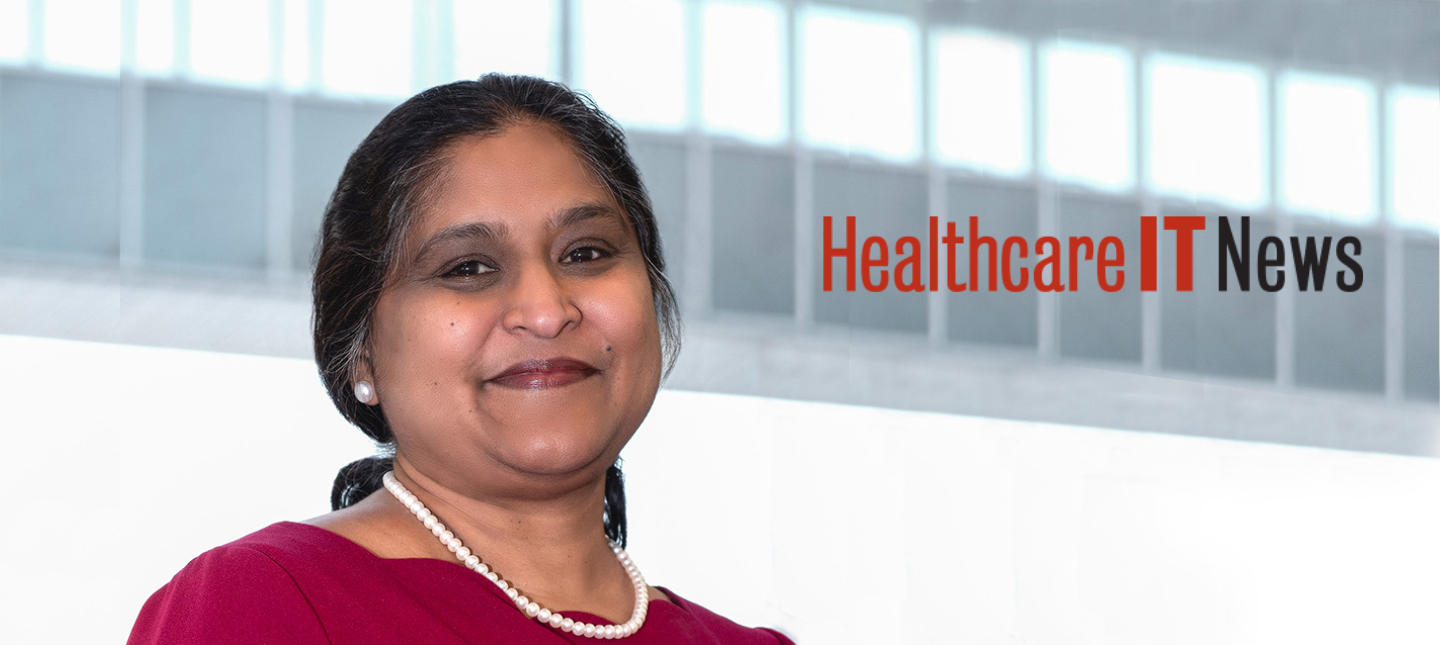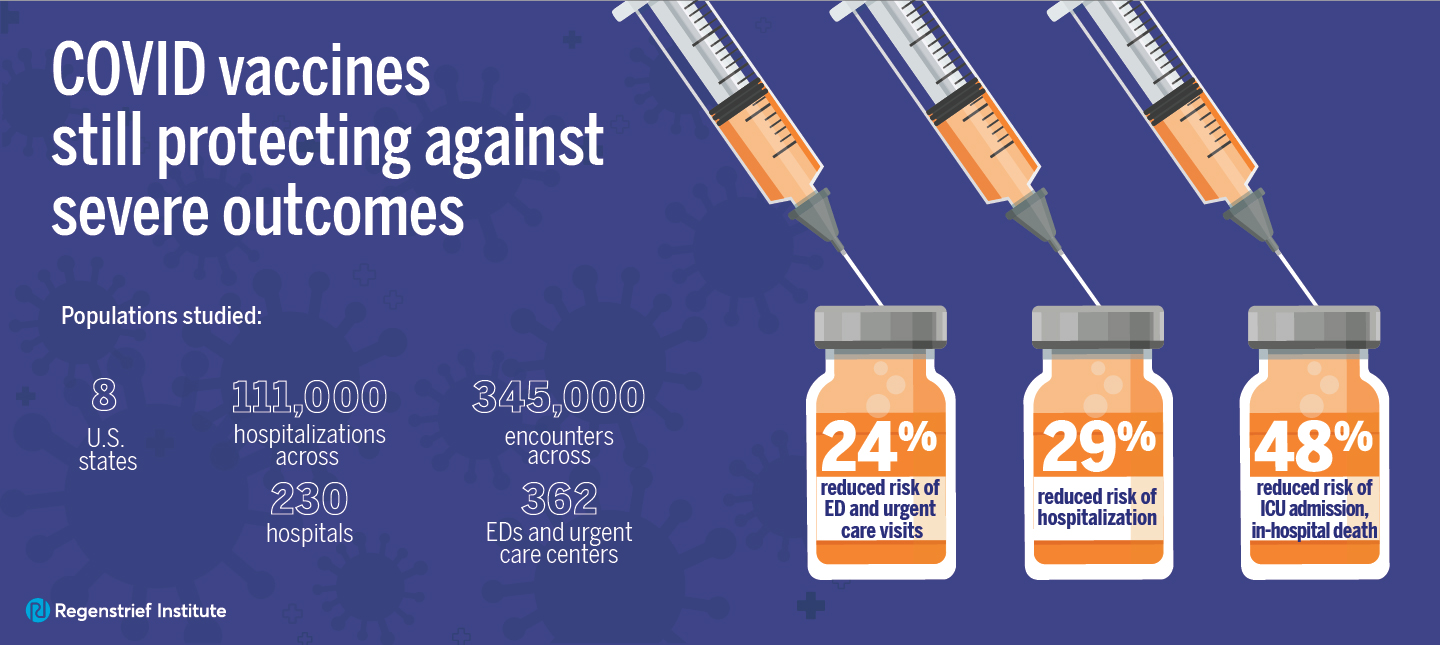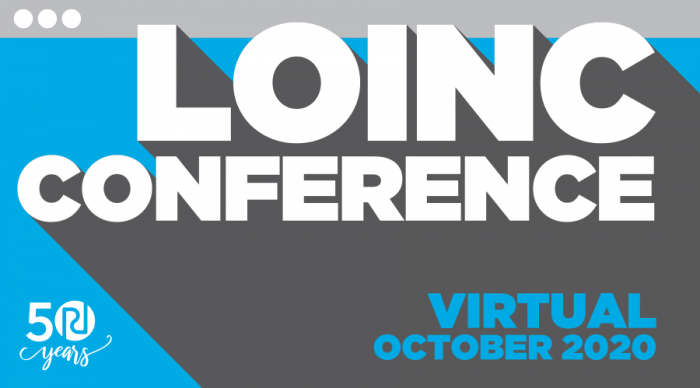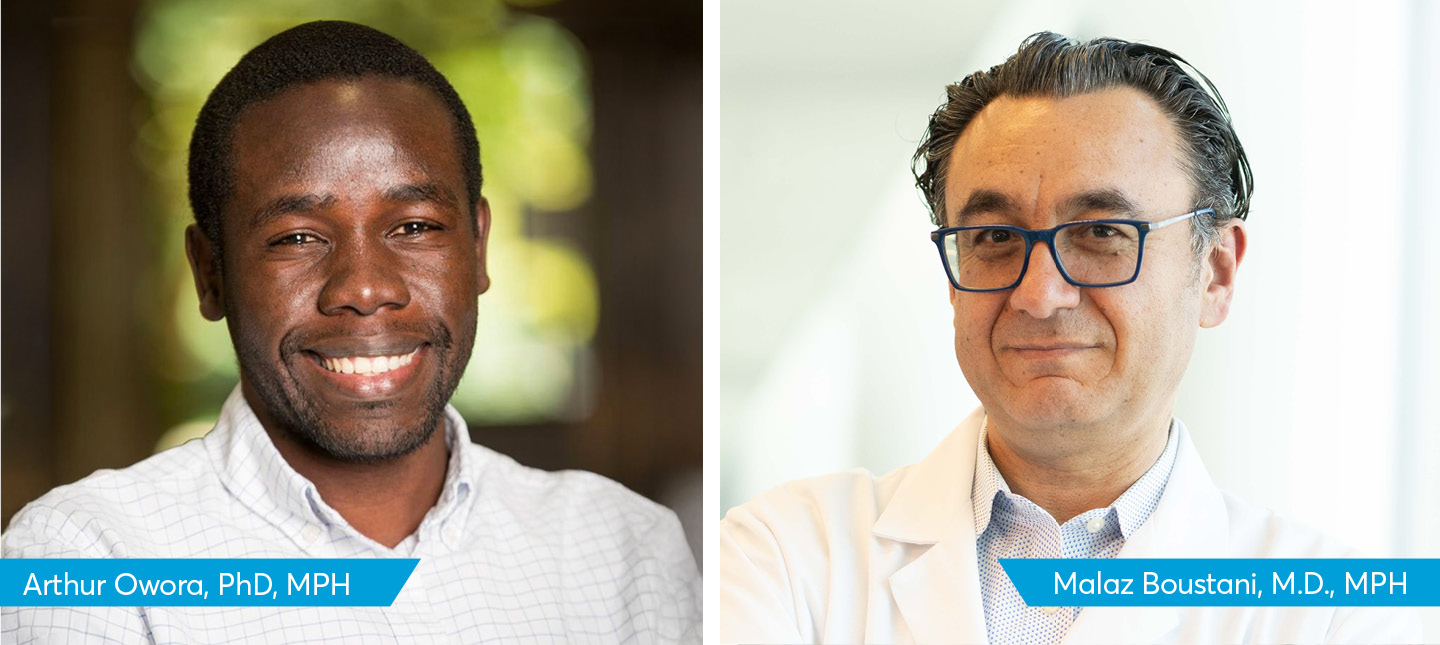Conference features largest-ever number of presenters
Registrants from more than 30 countries will join the virtual LOINC® conference on October 13-16, 2020. The conference will feature educational workshops and public Laboratory LOINC and Clinical LOINC committee meetings.
LOINC, which stands for Logical Observation Identifiers Names and Codes, is a standard for identifying health measurements, observations, and documents. LOINC, created and maintained at Regenstrief Institute, enables the identification, exchange, and collection of data across health systems and is used around the world. The current COVID-19 pandemic has highlighted the value of this standard and its impact on data interoperability.
The lineup of presenters for this conference is the largest ever, leading to an additional day of workshops. These sessions are opportunities for participants to learn the necessary skills and information to implement LOINC in health systems around the globe. Workshops will be led by members of the Regenstrief Institute LOINC team, clinicians, researchers, and government representatives from the U.S. and abroad. Attendees can choose which sessions to attend based on their personal skills and interests. Several presentations will focus on issues related to COVID-19.
A special keynote by John Kansky, president and chief executive officer of Indiana Health Information Exchange, will kick off the conference on October 13. The combined Laboratory LOINC and Clinical LOINC Committee Meeting will follow the keynote and cover LOINC updates that apply to both laboratory and clinical domains. Workshop sessions will round out the first day of the conference.
The second day will be focused on topics related to the COVID-19 pandemic and will include presenters from multiple countries. The third and fourth days will feature individual Laboratory and Clinical LOINC committee meetings, respectively, as well as an array of educational presentations. More than 200 people have already registered to attend.
Registration is open through October 11.
About LOINC®
LOINC was created in 1994 at Regenstrief Institute to facilitate interoperability in healthcare. There was a growing trend to send clinical data electronically between healthcare entities, a practice that is still common today. Today, it contains more than 95,000 terms for everything from a serum alpha 1 antitrypsin level to a zygomatic arch x-ray report. For each concept, LOINC contains many other rich details, such as synonyms, units of measure, and carefully crafted descriptions.
About Regenstrief Institute
Founded in 1969 in Indianapolis, the Regenstrief Institute is a local, national and global leader dedicated to a world where better information empowers people to end disease and realize true health. A key research partner to Indiana University, Regenstrief and its research scientists are responsible for a growing number of major healthcare innovations and studies. Examples range from the development of global health information technology standards that enable the use and interoperability of electronic health records to improving patient-physician communications, to creating models of care that inform practice and improve the lives of patients around the globe.









